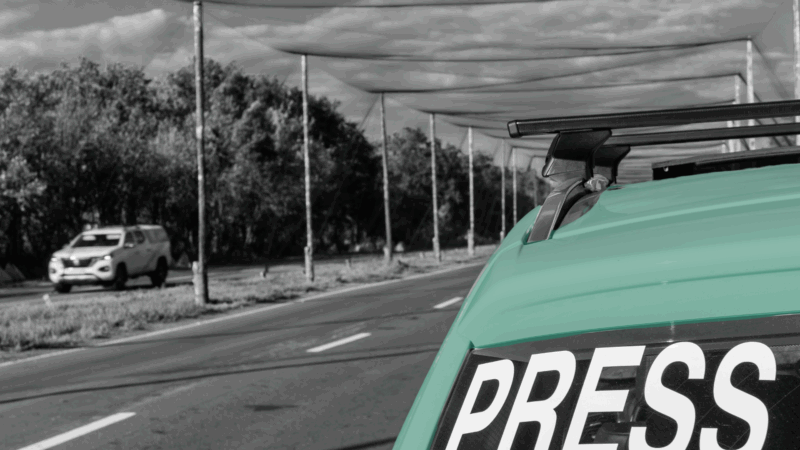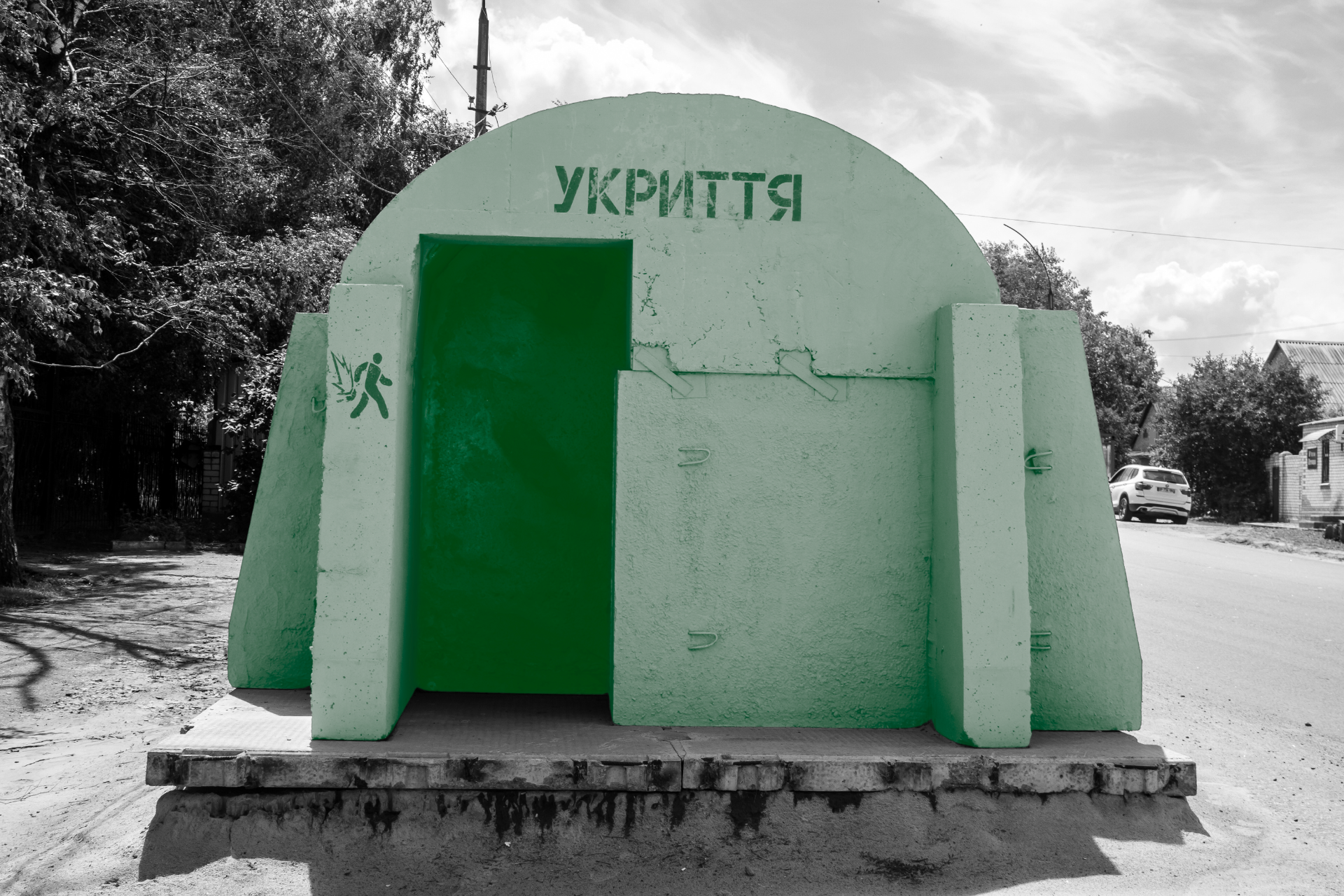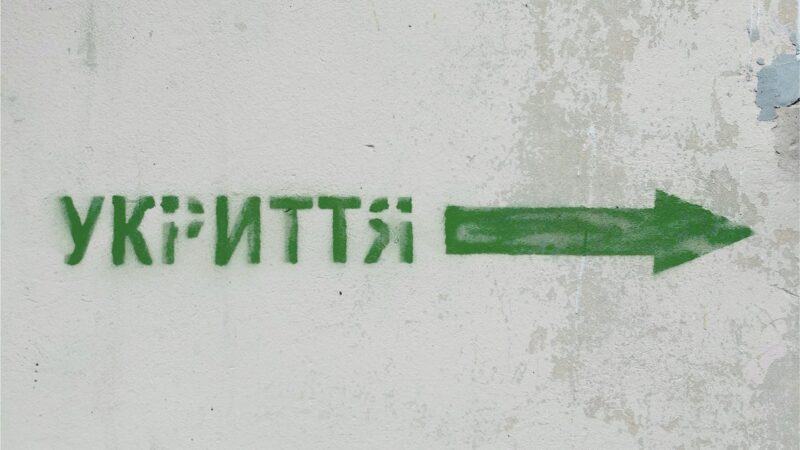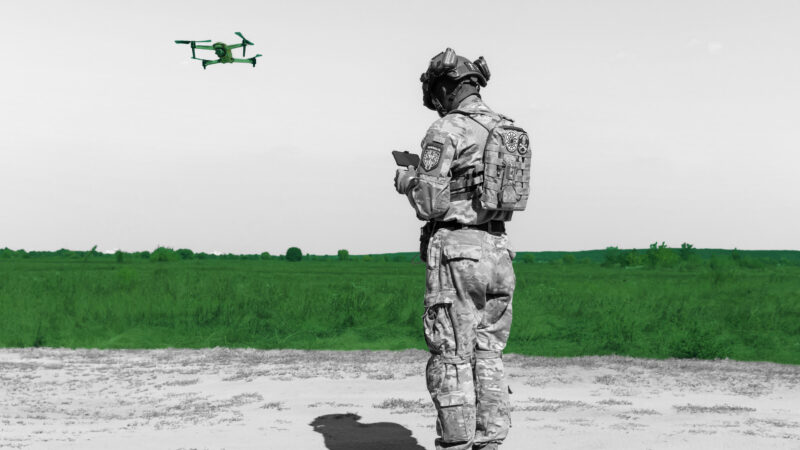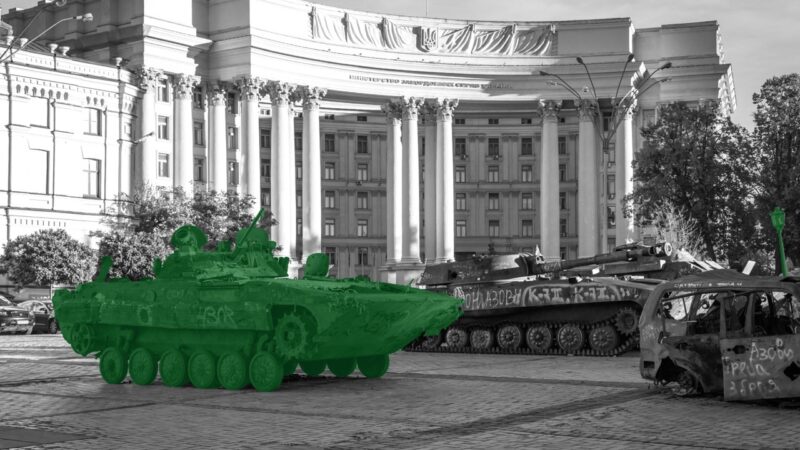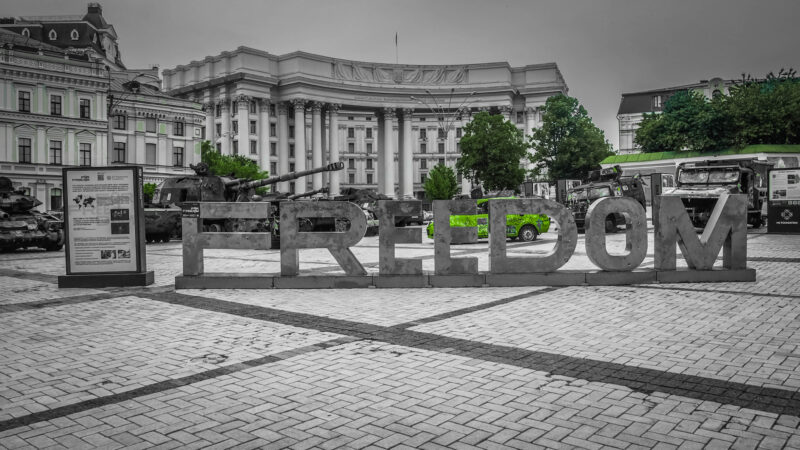Russia’s “special military operation” in Ukraine and its rationale
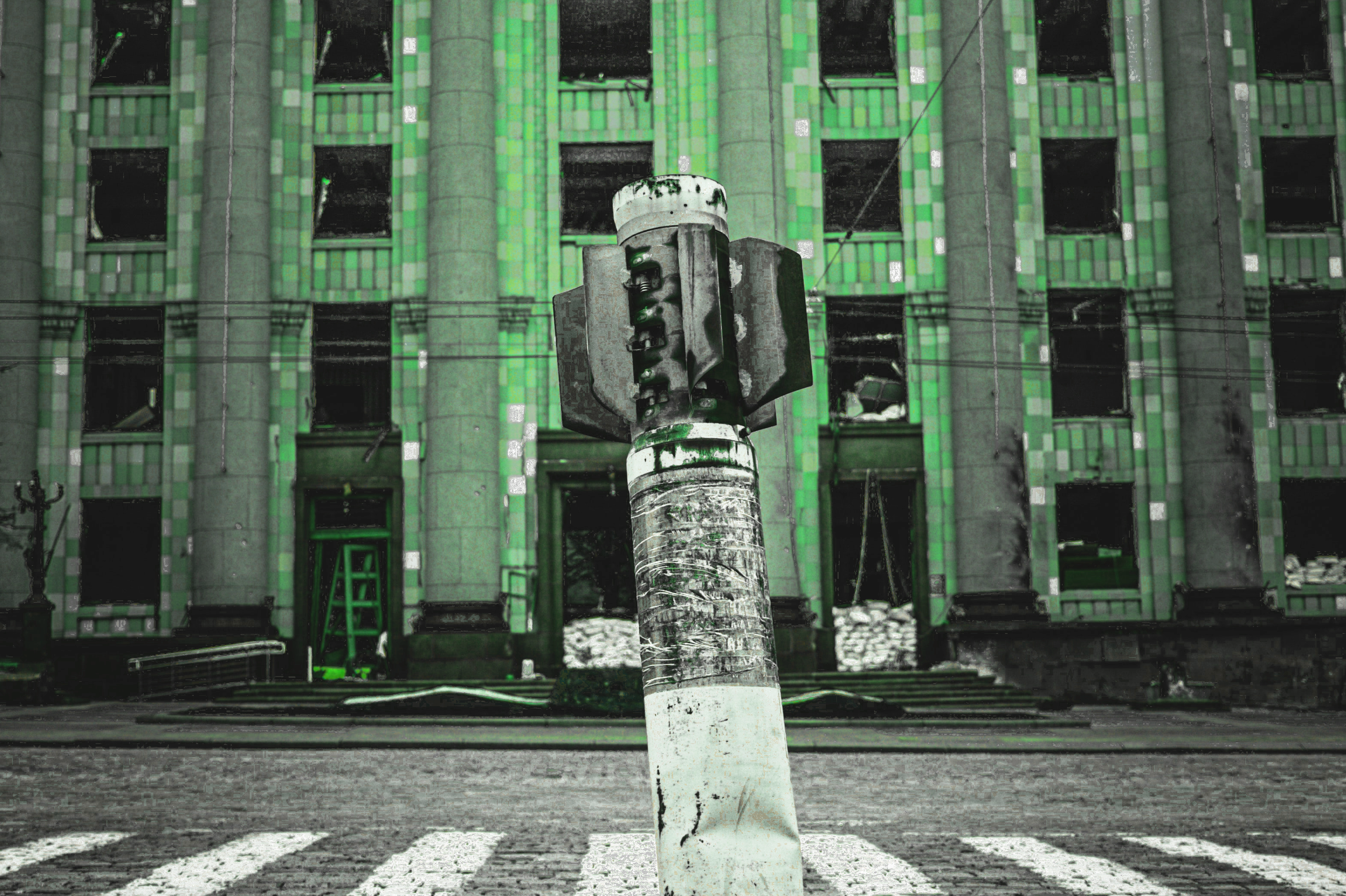
Introduction: Schools of Thought on the War
Russia’s war on Ukraine has sparked a variety of debates among scholars in the West. Basically, there seem to be two lines of thought, which can be further subdivided into different themes.
The first is that the war is a brutal, unprovoked attack to which the West must respond, by providing Ukraine with the means to resist in the shape of various weapons, including the HIMARS and—most recently, in the form of a promise—the US Patriot missile defense system. This theme accepts Ukraine’s sovereignty, independence, and borders of 1991 as legitimate.
It alludes frequently to Ukraine’s achievements in forming a democratic state, albeit with some flaws and incomplete, and conversely that Russia is an authoritarian state that verges on a personal dictatorship in the shape of its president, Vladimir Putin.
Most adherents to the first narrative concur that the war is not about neo-Nazism or NATO enlargement (or, as the Kremlin’s accusation goes, “expansion”) but rather erasing Ukraine as an independent state and subjugating it to rule from Moscow. Putin implied something similar with his ambiguous statement that the intention was not to destroy “all of Ukraine.”
The second, and the subject of this commentary, is that Russia is fighting a defensive war to prevent further advances of NATO and the danger of a nuclear strike on Russia, and to assert control over its natural spheres of interest, i.e., the territories and nations of the former Soviet Union.
According to American political scientist John Mearsheimer, “the United States is principally responsible for causing the Ukraine crisis”; he adds further:
A noted French scholar, Marlene Laruelle, thinks that the West needs to consider its own role in the current war and repeats the Kremlin’s mantra that the war derives from NATO “expansion.”
Added to this second narrative are assertions that this is a “normal war” that is not especially brutal and which can be compared to other wars taking place in the 20th and 21st centuries. Military historian Alexander Hill maintains that some Western scholars are taking an emotional stance based on a bombardment of media attention that is not accorded to other wars—for example, those taking place in Yemen and Africa.
The second narrative presupposes that a peace treaty is possible, even if it means forcing Ukraine to relinquish its territory, though the difficulties involved have been elaborated carefully by Eric Levitz, who cites the Royal United Services Institute that a ceasefire is “tactically advantageous” to Russia, as it would allow the occupants to stabilize the lands they have occupied.
Purpose
My purpose here is to make a case that the second narrative is deeply flawed and that there is evidence to back up the claim that this is not a typical war or one linked to NATO enlargement or neo-Nazism, but rather one that was initiated by Moscow and calculated to destroy a sovereign state regardless of civilian losses. It is also one conducted by a terrorist regime that does not engage in traditional diplomacy or its rules.
Russian Goals: Propaganda vs Reality
One can dismiss the various statements of Vladimir Putin, Sergey Lavrov, and others early in 2022 that the goal was to de-Nazify and de-militarize Ukraine or that the war was a response to the “expansion” of NATO, particularly in the period 1999–2004, when its members could be found on the old Soviet western border as well as the inclusion of former Soviet republics Lithuania, Latvia, and Estonia.
From the outset, the Kremlin’s primary military goal was to remove Ukraine’s democratically elected government and replace it with one that would either be Russian or fiercely pro-Russian, and to destroy all vestiges of the current state of Ukraine. The initial attack came from the territory of Belarus and focused on capturing the Ukrainian capital of Kyiv.
The Recent Past
Russia’s optimistic military planning derived from the earlier conflict of 2014, when Russia easily annexed Crimea and imposed separatist regimes in the eastern Donbas. At that time, the Ukrainian army was badly led, corrupt, and inefficient, and loyalty to the provisional government under acting president Oleksandr Turchynov was at best questionable among the residents of eastern and southern Ukraine.
Many Ukrainians in these regions and beyond, but especially in the east and south, opposed the Euromaidan uprising of 2013–14. Later, they were hardly satiated by the presidency of Petro Poroshenko, an oligarch who embraced the Ukrainian nationalist cause yet failed to address the country’s economic needs. By 2019, Poroshenko was for many a very unpopular figure and Ukraine had become the poorest country in Europe.
Putin may have also gained confidence from the Minsk II agreement of 2015, in which Germany and France appeared to acknowledge the legitimacy of the two breakaway republics in Donetsk and Luhansk; both German chancellor Angela Merkel and French president François Hollande signed the protocol, along with Ukraine and Russia. The agreement forced Ukraine to demilitarize, while Russia used the armistice to build up its army across the border.
Yet Russia did not recognize the independence of the two “republics” until February 2022, when Putin declared that Ukraine was committing genocide in the Donbas. Ostensibly, it was more expedient to use the separatists to foment problems within Ukraine than to see them form separate states. Thus, only months after recognizing their independence Putin decided to annex them to Russia—along with Kherson and Zaporizhia oblasts, regions that were not even fully under Russian control.
Putin and Ukraine
That Putin has an obsession with Ukraine had been evident for most of his presidency. He has never recognized Ukrainian independence or the very concept of Ukraine as a sovereign state. Rather, Ukrainian independence in his view was established by Russia after the revolution of 1917 and the formation of the Ukrainian Soviet Socialist Republic:
Putin perceives modern Ukraine as a Western creation and the “real Ukraine as a component part of a Greater Russia, along with Belarus. His professed belief is that the three East Slavic states are linked historically, culturally, and linguistically and united in a common Orthodox religion—but that they are all intrinsically russkie (Russian) and that there can be no separate Belarus or Ukraine.
Furthermore, the mindset of the Russian leadership is crudely imperial. While the official narratives have focused on the “Great Patriotic War” and “Russia’s victory” over the Nazi hordes, the mind of the Russian president is more precisely in the 18th and 19th centuries, when imperial Russia was aggrandized at the expense of Poland and the Ottoman Empire. At that time, besides Austrian Galicia with its capital Lemberg (Lviv), all Ukrainian lands lay within the Russian Empire. And even Lviv was occupied by the Russian army early in the First World War.
Ethnocide in Ukraine
Rather than accept that Ukrainians have unified behind President Volodymyr Zelensky and rejected the Russian invasion, Putin and his Security Council anticipate a lengthy war of destruction to reach their goals, however long it takes.
If the Russian armies fail on the battlefield, as they have repeatedly since 24 February 2022, then they intend to destroy Ukraine entirely—through missiles, deprivation of basic needs, deportation of children, massacres of prisoners, and annexation and Russification of its territory.
This war cannot be ended by what might be termed “normal diplomacy” or by new Minsk accords. No negotiations are possible when the leadership of a large country with a massive store of weapons, including nuclear ones, wishes to destroy a smaller one comprising its immediate neighbour.
Ironically, this attack undermines the concept of the Eastern Slavs, since fraternal partners should not destroy each other. The myth of East Slavic unity was maintained for centuries and espoused by most Russian historians, including as recently as the “Great Patriotic War” of 1941–45, when the Soviet Union threw off Nazi occupation and the Red Army occupied Berlin. The idea of Slavic commonality is perpetuated by Putin, with arbitrary modifications to accommodate his belief that there was never such an entity as a Ukrainian state,
One should add that the leadership in Moscow is made up for the most part of former security officials of the Soviet Union, police, and oligarchs. They are linked to almost unimaginable crimes: poisoning their political opponents with radioactive Polonium—within and sometimes even outside the country—amassing stupendous wealth at the expense of their people, and using social media to expand outrageously false narratives about the leaders of Ukraine and their Western allies.
There can of course be legitimate counter-narratives about the US: military raids on various places, the 1999 NATO attack on Belgrade, which outraged many neutrals, the US-led war in Iraq, etc. The world’s largest superpower can hardly be held up as a spotless model for world peace, and one can acknowledge that.
But there was always a stated goal behind such aggression that contained some logic, such as the removal of Saddam Hussein, the need to protect Bosnian Muslim and Albanian victims of Serbian aggression, or to combat terrorism—which was a preoccupation of Russia in the 1990s too and sparked a brief period of Russo-American cooperation.
The American record is sometimes sad and riddled with errors and misjudgments, but—to counter Russia’s “whataboutism”—it is emphatically not one of a state that is bent on ethnocide, nor does it detract from the democratic foundations of the United States. Under Putin, Russia has become an authoritarian and repressive state, espousing what one analyst has termed “hybrid totalitarianism.”
One can more properly compare the sort of ethnic cleansing being carried out in Ukraine with the genocide of Armenians in 1915, the 1994 genocide in Rwanda, the 1995 Srebenica massacre, and others. These are justifiable comparisons, based on what we have seen in Russian-occupied locations such as Bucha and Mariupol. The fact that some of the perpetrators were subsequently decorated by the Russian leadership suggests that such policies were far from an aberration.
Russian Military Power
The scale of the current war lacks a precedent in the 21st century. Russia is the largest military power in the world in several areas. It has sophisticated weapons. It has the world’s largest nuclear arsenal, which Putin and former president Dmitrii Medvedev, now Deputy Chairman of the Russian Security Council, have threatened repeatedly to use. Medvedev has also called for “liquidation of Ukrainian statehood in its current form.”
In this Russo-Ukrainian war, the leadership expends its troops at will, with Russian fatalities running into the tens of thousands. A new draft seven months in saw thousands more heading for the borders to avoid conscription.
Ultimately, the Russian army consists of those without means, unable to register in colleges or universities, and usually from the regions of the Caucasus and the Far East. Their morale is reportedly very low. On the other hand, the real effects of the war are invisible for the most part in Moscow and St. Petersburg.
Conclusion
The Russian leadership seeks to depopulate and destroy the entity that since 1991 has existed as the independent Ukrainian state, held regular elections with six different presidents to date, has shown the firmest of wills to resist, and believes in its future.
Ukrainians want to live in Ukraine, not Russia, and despite some facile arguments to the contrary arguing that Ukraine cannot live without its larger neighbour, they are more firmly united today than at any other time in their history.
By what possible argument can this situation be considered a typical war?
Ultimately, the inconceivability of the UN, or Great Powers, or other potential mediators coming up with a morally acceptable solution that could also satisfy the desires of Vladimir Putin and his acolytes leaves open only one option: to support Ukraine until it has liberated its lands, whether or not that also signifies a change of regime in Moscow following Russia’s defeat or results in a period of political and social chaos for the world’s largest country.
The alternative is the end of independent Ukraine.
